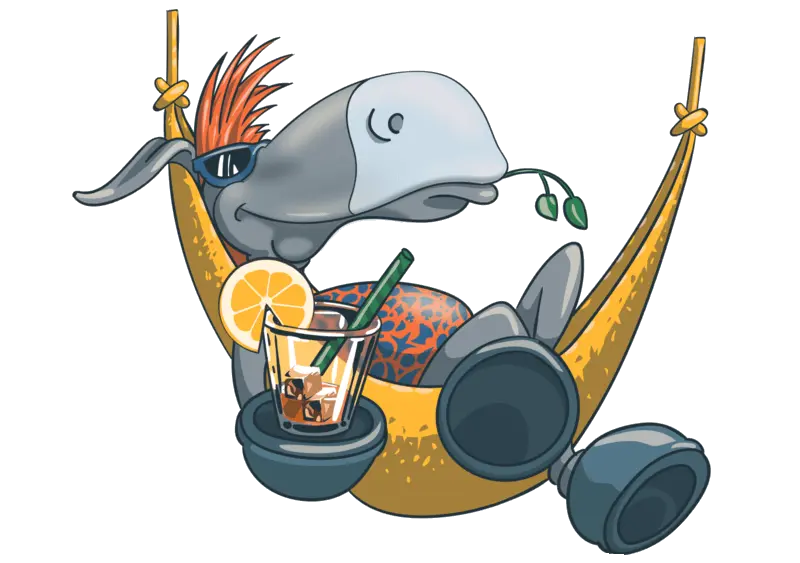Komplett guide till turistattraktioner i Kroatien. Upptäck, utforska och besök naturliga och kulturella sevärdheter, evenemang och intressanta platser, och tillbringa en oförglömlig semester i Kroatien! De 10 bästa anledningarna till att besöka Kroatien!
Varför besöka Kroatien?
Vår rekommendation
Var ska man gå, stanna och vad man ska göra?
